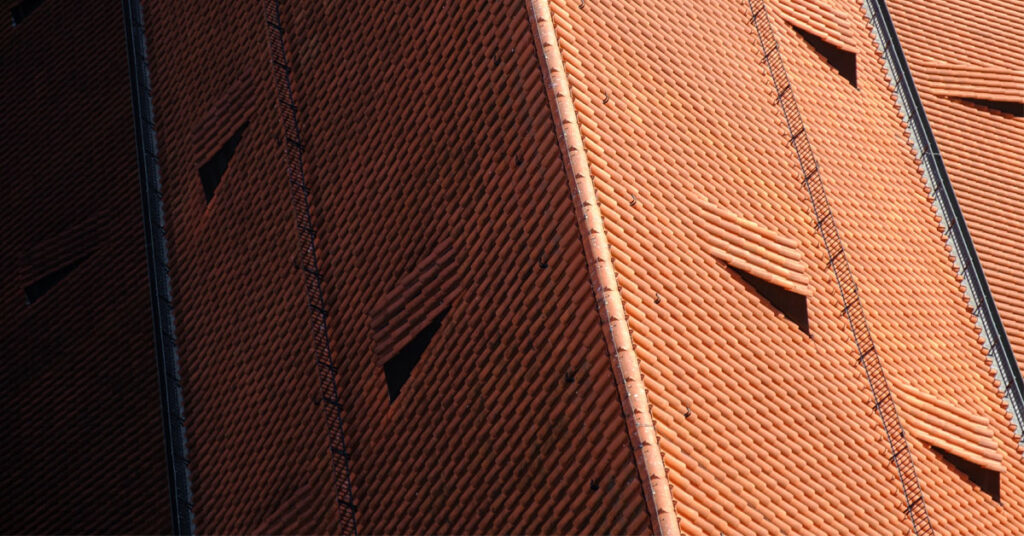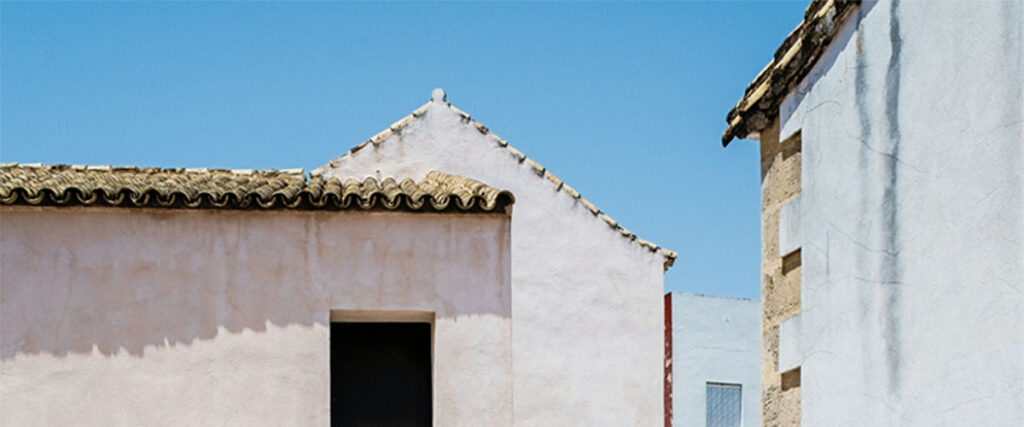Roofing Across Europe

Although VILPE started in Finland, and it remains a strong market for the company, the last decade has seen its operations expand into Europe. Russia, Sweden, and the Baltics have been particularly strong areas of growth, with a similar climate and close geographical and cultural links. But what about the rest of Europe? We spoke with Ville Hellström, VILPE’s Export Manager to Western Europe, for some insight into how other parts of Europe think about roofing—and what the future of the sector and VILPE’s place in it might look like.
Preference for tile roofs
“There are definitely a wide range of different approaches to roofing and ventilation across Europe”, explains Ville. “Particularly in Southern Europe, but elsewhere in the continent as well, there has traditionally been much more of a focus on tile roofs.”
Ville goes on to outline the often idiosyncratic approach to tiled roofs in places like Germany—amongst other traditional tile-roof countries—resulting in a huge number of regional variations due to local, artisanal tile-makers in towns and villages across the country. This makes it impossible to design region-specific pass-throughs, forcing companies like VILPE to instead ensure that their universal pass-throughs can be easily adapted.
“Our current universal tile solutions are good, but it’s still early days in terms of our presence in Germany, for example. It is also worth mentioning that, in Germany and other places in Europe, there is an increasing trend towards flat bitumen/single-ply membrane roofs.” Ville is confident that, should this trend continue, VILPE’s future across Europe looks bright: the company is well-versed in flat roof ventilation technology, as these roofs are prevalent in Finland and our larger markets.
Roofs in warmer climates
Further south—in Spain, Italy, and Southern France—an additional factor begins to emerge: climate. Do the hotter summers and milder winters in this region mean that people think differently about roofing and ventilation, leading to different building priorities?
“Traditionally, yes”, confirms Ville. “Southern European buildings haven’t been particularly concerned with pressure loss, or complex ventilation systems in general. These things just haven’t been necessary for them, and the ventilation products they use as a result tend to be cheaper and simpler. Their winters are less severe, so homes and workplaces don’t need to be sealed so much against the cold.”

This hasn’t been particularly conducive to VILPE’s strengths in the past—roof fans and exhaust pipes which focus on cold/condensation insulation and low pressure loss values are not a common sight on Southern European roofs. Consequently, the company’s presence in these areas remains limited.
Again, however, emerging trends suggest a more promising future for companies like VILPE: energy efficiency and an emphasis on heat recovery ventilation, for instance, are beginning to gain traction, as environmental awareness begins to permeate building practices and regulations.
“In the next 5-10 years, I believe that building legislation across the continent will be more closely aligned with current Finnish practices. We have already seen this shift beginning, and it should make VILPE a much more interesting proposition for Southern European builders in the future.”
VILPE in western & southern Europe
Finally, it is worth considering VILPE’s presence across Western and Southern Europe as a whole. Are these places aware of the company at all? And what associations might they have with the idea of Finnish roofing hardware and expertise?
“At present, our business in these places—France, Italy, Germany, Spain and the UK, for example—has mostly been the result of a Finnish connection there in the first place, such as a Finnish building company owner. However, we are steadily building relationships with several key partners in these regions. I have to say that we are extremely excited and pleased to have found some great companies to work with already, who share the passion that we have towards healthier buildings and ventilation in general.” Should the trends outlined above continue, the future of Finnish roofing and ventilation in Europe could well continue to grow and develop throughout the next decade.
